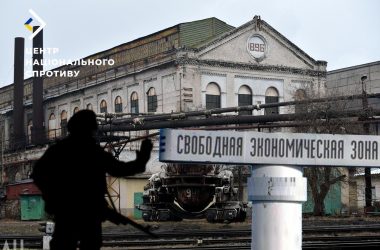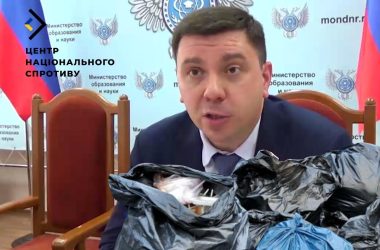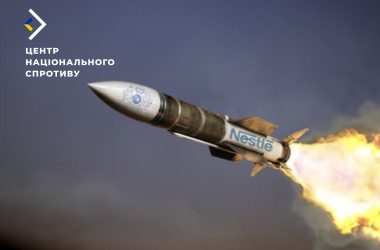The Royal United Institute for Defence Studies released a report on how Russia planned to seize Ukraine. Based on the study, we publish a brief analysis of the preparation and planning and use of Russian special services to create occupation administrations and counter resistance.
On the eve of the invasion, the leadership of the 9th Directorate of the FSB Operational Information Department created temporary task forces whose task was to coordinate the occupation regime and its counterintelligence apparatus. The exact number of such groups is not known. However, the leaders of such groups were at least heads of the department with the rank of major or lieutenant colonel. Such officers were assigned to work on the area they were to lead.
In Ukraine, these individuals usually acted under fictitious names. They mostly had a few deputies from the fifth service, followed by a core command group consisting of representatives of other FSB services, including counterintelligence, military counterintelligence, and the FSB service responsible for protecting infrastructure. They also had support staff.
Each tactical group includes detachments of the Russian Guard for checkpoints and orders protection, detachments “Alpha”, “Vimpel” and other special forces to conduct raid operations and quickly respond to any resistance in the region.
Also, such groups were subordinated to troops, including Chechen detachments of the Russian Guard, designed to carry out the elimination of important targets.
Such a model as a whole is no different from the two Chechen campaigns, since the enemies do not like to make significant changes to their so-called methodological recommendations.
Some information about establishment of the occupation administration. The approach to the creation of the occupation administration was systematic and consistent. In the first case, Russian troops were instructed to remove all forms of documents. This included health, education, housing, tax, police and local government documents.
First of all, after the seizure of any object of state importance (such as the Chernobyl and Zaporizhzhia NPPs), the occupiers seized all hard drives from these facilities. On the basis of the stolen data, a general map was built of who was where, with whom he was connected and what level of ties he had with the state. This helped the occupiers understand what percentage of the population is able to resist at all levels.
In general, the Russian special services relied on the surprise factor, which in principle is one of the key principles of the art of war, the purpose of which is to achieve success through actions that have the effect of surprise for the enemy.
When properly used in both classical and hybrid military conflicts, surprise is one of the most effective principles for achieving war goals with minimal casualties and maximum efficiency.
However, as everyone knows, Russia failed this plan and could not implement all plans, as it stumbled over Ukrainian resistance, because it underestimated its scale. Therefore, all these plans were partially implemented, and the Russians have not managed to overcome the underground so far.




